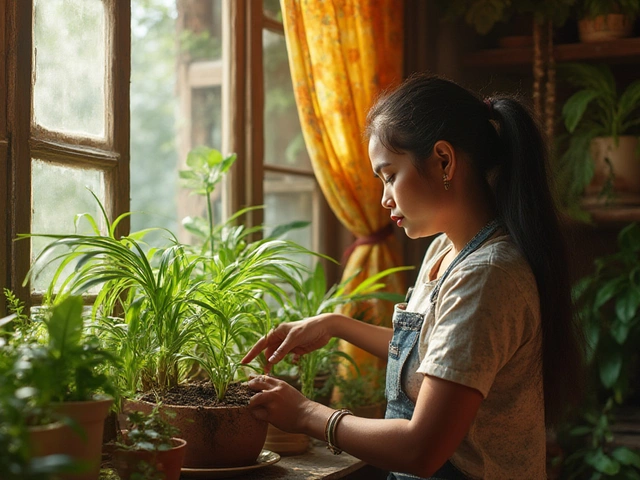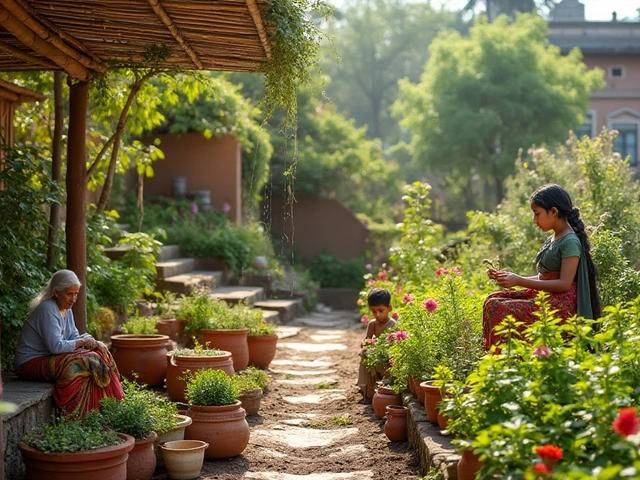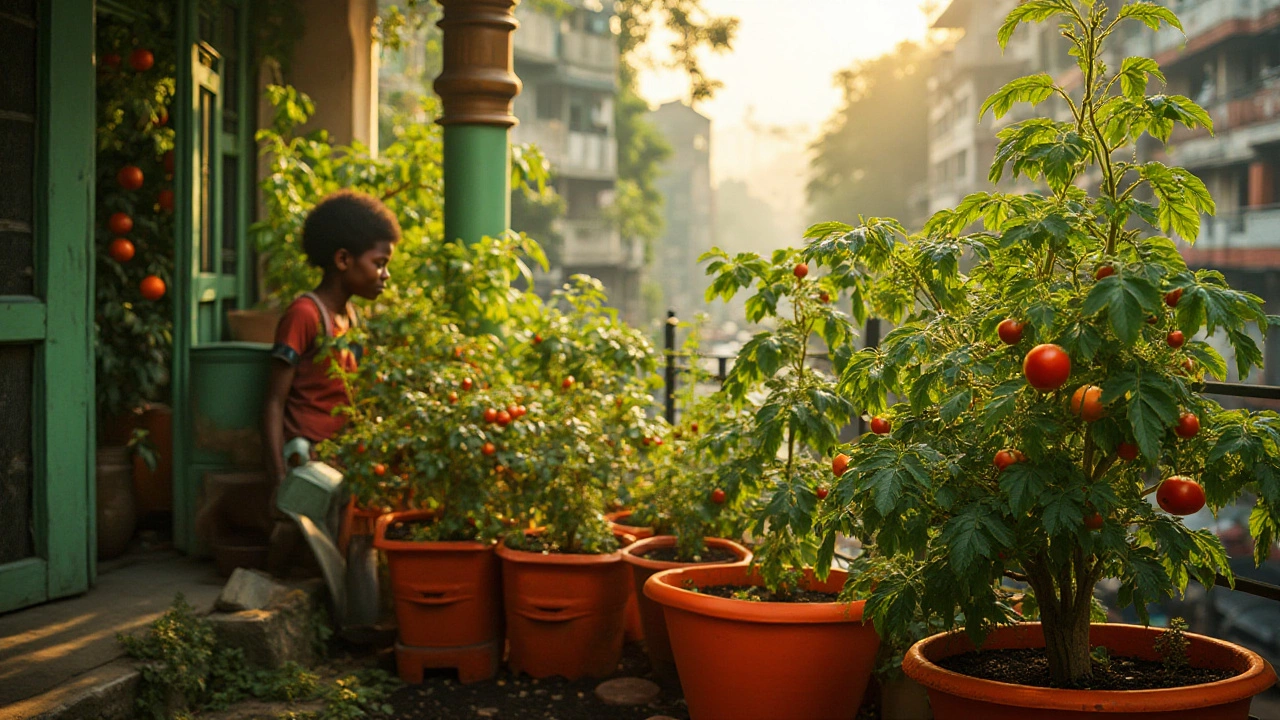Tomato Plants: Simple Guide to Grow Fresh Tomatoes
Want juicy tomatoes from your own garden? You don’t need a farm‑size plot or fancy equipment. With a few basic steps you can turn a small balcony or backyard into a tomato haven. Let’s walk through the key actions you need to get healthy tomato plants and tasty fruit.
Getting Started with Tomato Plants
First pick the right variety. In India, indeterminate types like ‘Pusa Rohini’ or ‘Arka Raksha’ keep producing fruit all season, while determinate varieties such as ‘Pusa Ruby’ give a big burst and are easier to manage on limited space. Buy seeds or seedlings from a trusted local nursery – healthy start means fewer surprises later.
Soil matters more than you think. Tomatoes love a loose, well‑draining mix with plenty of organic matter. Aim for a pH between 6.0 and 6.8. If you’re using garden soil, blend in compost or well‑rotted manure at a 1:3 ratio. For pots, a ready‑made vegetable mix plus a scoop of compost works fine.
Planting time is usually after the last frost, around March‑April in most Indian regions. Space seedlings 45‑60 cm apart for indeterminate types, a bit closer for determinate. If you’re using pots, choose at least a 10‑liter container per plant and add a drip line or a slow‑release water‑saving system.
Keeping Your Tomato Plants Healthy
Water consistently, but avoid soggy roots. A good rule is to give the plant enough water to keep the top 5 cm of soil moist. Mulching with straw or dry leaves cuts evaporation and stops weeds. If you notice the leaves turning yellow, check for over‑watering or a nutrient deficiency.Fertilize smartly. Start with a balanced 10‑10‑10 fertilizer when you transplant, then switch to a high‑potassium mix (like 5‑10‑10) once the first fruits appear. Too much nitrogen can lead to leafy growth with few tomatoes, so keep an eye on the balance.
Pruning helps air flow and focuses energy on fruit. For indeterminate vines, pinch off the suckers that grow in the leaf axils once the plant has three main branches. This reduces disease pressure and makes harvesting easier. Determinate types need little pruning – just remove any dead or yellowing foliage.
Pests are inevitable, but most can be handled without chemicals. Aphids, whiteflies, and spider mites love the warm Indian climate. Spray a solution of water and a few drops of neem oil every week, or introduce ladybugs to your garden. For fungal issues like blight, water the base of the plant early in the day and keep leaves dry.
Harvest when the fruit is fully colored and slightly soft to the touch. Picking regularly encourages the plant to set more fruit. If you wait too long, the plant may drop the tomatoes on its own.
With these simple steps – picking the right variety, prepping soil, watering wisely, feeding correctly, and watching for pests – you’ll enjoy a steady supply of fresh tomatoes all season long. Give it a try and taste the difference of home‑grown flavor.
How to Successfully Grow Tomatoes on Your Balcony
Growing tomatoes on a balcony is an excellent way to embrace urban gardening. By selecting the right containers and understanding sunlight requirements, anyone can cultivate juicy and vibrant tomatoes. This guide will cover different types of tomato plants suitable for compact spaces, essential care practices, and tips to overcome common challenges faced in balcony gardening. Dive in to transform your limited outdoor space into a thriving tomato oasis.
About
Balcony Gardening
Latest Posts


Revive Your Indoor Garden: Expert Tips for Restoring Plants
By Alden Thorne Jan 15, 2025

How to Stop Houseplants From Dying: Proven Tips for Thriving Indoor Plants
By Alden Thorne Jul 3, 2025

Essential Terrace Protection Techniques for Thriving Gardens
By Alden Thorne Jan 2, 2025

